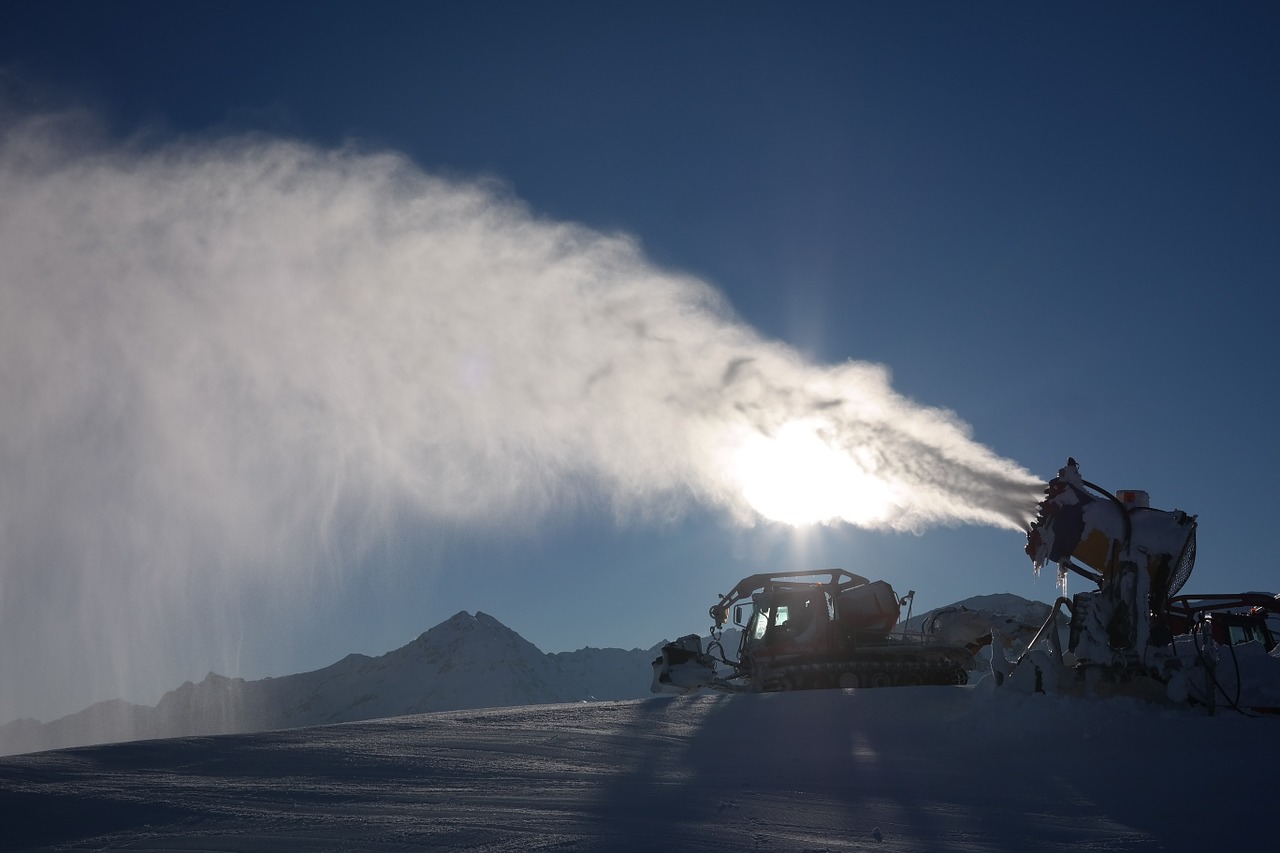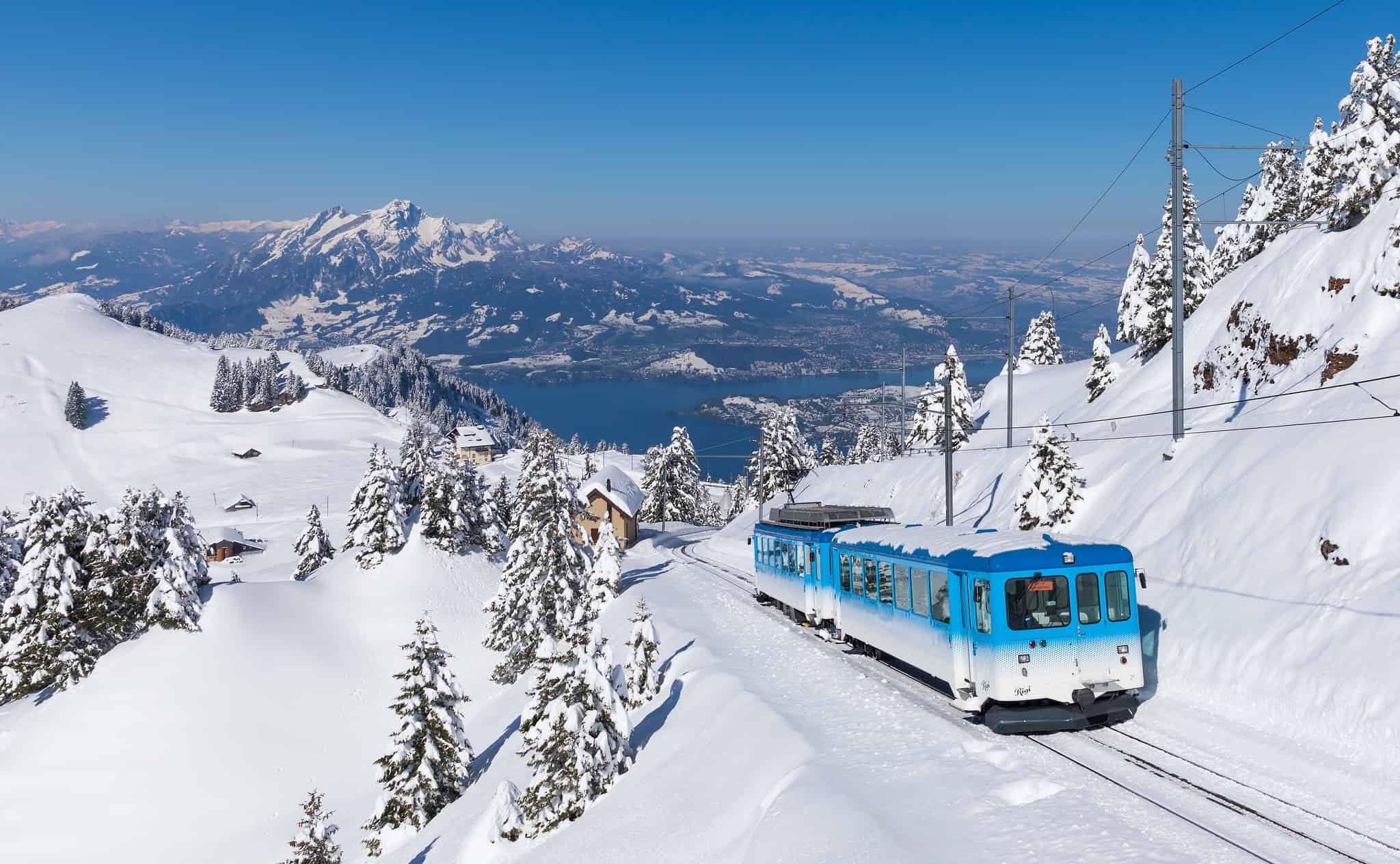
Climate change is making the once-lucrative European ski tourism industry slippery. A marked decrease in snow depth in the Alps since 1971 has forced resorts to invest heavily in snowmaking. However, this adaptation strategy is a double-edged sword, increasing water and energy consumption. The European Green Deal is grappling with these climate change repercussions to foster sustainability in tourism.
Nonetheless, the significant carbon footprint of global tourism, including ski tourism, remains a pressing concern. Even as regions like the Swiss Alps and Austria step up their adaptation efforts, the future of ski tourism hangs in the balance. Utilizing integrated models to assess ski area operations and skier demand, alongside life cycle assessment in the tourism industry, has become critical in navigating this climate crisis.
- Climate change is reducing snow depth in the Alps, forcing European ski resorts to invest heavily in snowmaking. However, this increases water and energy use, adding to emissions.
- With continued warming, most European resorts will face insufficient natural snow, even with snowmaking. This threatens the $30 billion ski tourism industry.
- Stakeholders are urged to reduce dependency on winter tourism and curb emissions.
The changing landscape of ski tourism
Climate change is proving a formidable opponent for the European ski tourism industry, with conditions becoming increasingly precarious due to declining snow cover. A study published in Nature Climate Change assessed the warming impacts on 2,234 ski resorts across 28 European countries, revealing that without snowmaking, 53% and 98% of these resorts are projected to be at high risk for snow supply under global warming of 2°C and 4°C respectively.
The once-reliable winter wonderlands are being undermined by rising temperatures, leading to disruptions in resort operations and an increase in the number of days without skiing. The business of snow, worth $30bn, hosts 80% of the world’s resorts, but the most recent ski season was hit by record-breaking warm weather, leading to an early closure of ski slopes in various European locations.
Snowmaking: A controversial adaptation strategy
As natural snow becomes less reliable, resorts have turned to snowmaking to ensure consistent cover for their pistes. Yet, the effectiveness of snowmaking is controversial. While it serves as a lifeline for some regions like the Alps, Nordic countries, and Turkey, it is unlikely to be effective in British and southern European resorts due to increasing temperatures. More so, snowmaking is a resource-intensive process requiring substantial amounts of water and electricity, with projected increases in demand in a warmer climate.
Despite its critical role in mitigating snow shortfalls, artificial snowmaking only contributes 2% to overall emissions in ski tourism. The lion’s share of emissions comes from tourist flights and accommodation. However, the additional snowmaking does add to the carbon footprint of the ski industry, contributing to the broader challenges of climate change adaptation and mitigation in the sector.
Reconsidering dependency on winter tourism
The current situation demands a reassessment of the high dependency on winter tourism in certain regions. Policymakers, investors, and the tourism sector are urged to contemplate alternatives. The research published in Nature Climate Change stresses the need to understand how climate change threatens ski tourism and to consider its impact on the climate.

In the extreme case of 4°C of warming, almost three-quarters of resorts would face scarce snow even with artificial snowmaking. These inadequate conditions are the poorest coverage seen on average every five years between 1961 and 1990. This, coupled with a projected 20% average increase in water demand in resorts with 2°C of warming, poses significant challenges to the industry.
Professional skiers are joining the chorus for climate action, pushing the sport’s governing body to address the climate crisis and its impact on snow availability. There have been calls to prevent athletes from having to fly across the Atlantic multiple times during the season, highlighting the urgent need to reduce greenhouse gas emissions in ski tourism.







